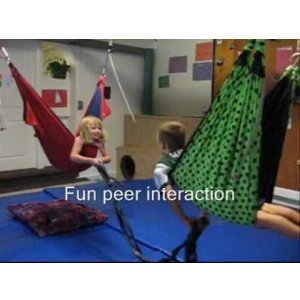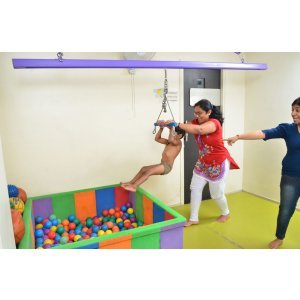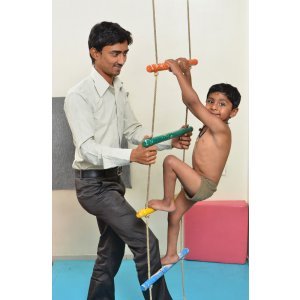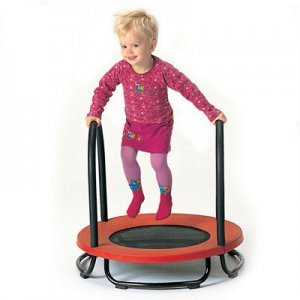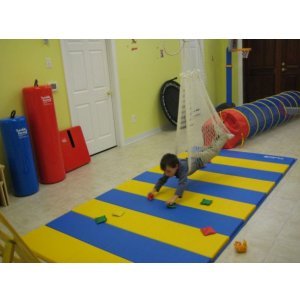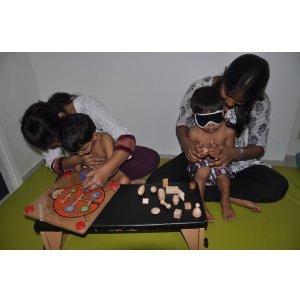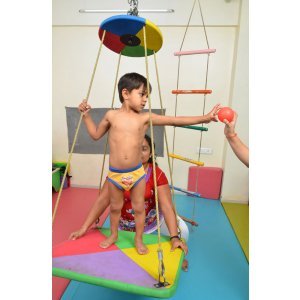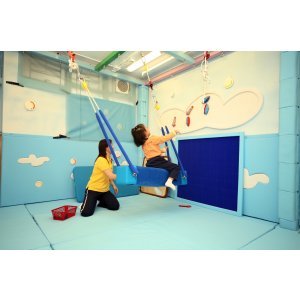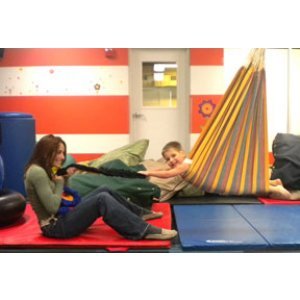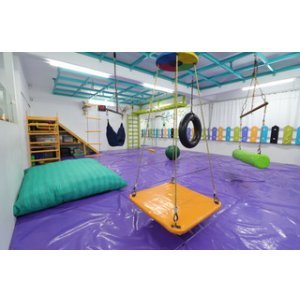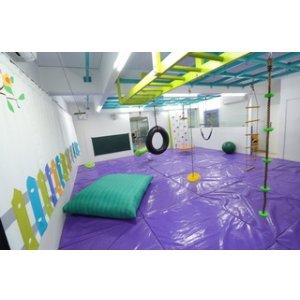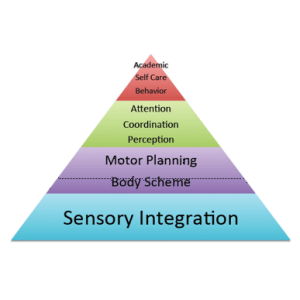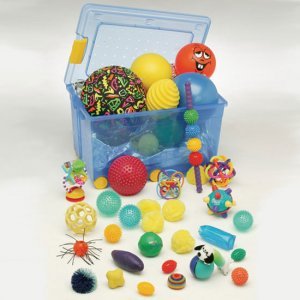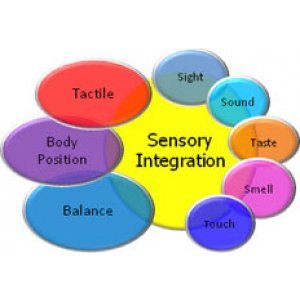Sensory Integration
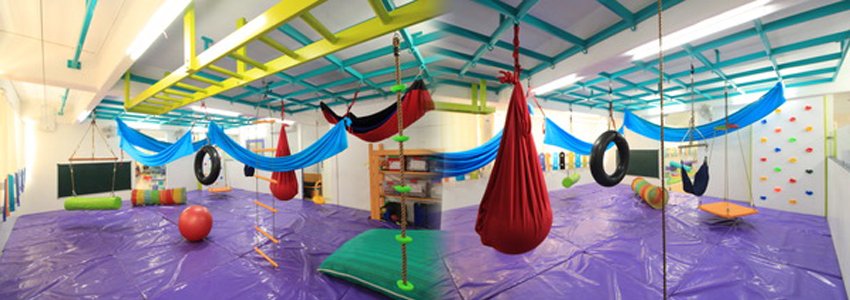
Sensory integration (sometimes called "sensory processing" or SI) is a term that refers to the way the nervous system receives messages from the senses and turns them into appropriate motor and behavioral responses. Whether you are biting into a hamburger, riding a bicycle, or reading a book, your successful completion of the activity requires processing sensation or "sensory integration."
Sensory Processing Disorder (SPD, formerly known as "sensory integration dysfunction") is a condition that exists when sensory signals don't get organized into appropriate responses. Pioneering occupational therapist and neuroscientist A. Jean Ayres, PhD, likened SPD to a neurological "traffic jam" that prevents certain parts of the brain from receiving the information needed to interpret sensory information correctly. A person with SPD finds it difficult to process and act upon information received through the senses, which creates challenges in performing countless everyday tasks. Motor clumsiness, behavioral problems, anxiety, depression, school failure, and other impacts may result if the disorder is not treated effectively.
One study (Ahn, Miller, Milberger, McIntosh, 2004) shows that at least 1 in 20 children’s daily lives is affected by SPD. Another research study by the Sensory Processing Disorder Scientific Work Group (Ben-Sasson, Carter, Briggs-Gowen, 2009) suggests that 1 in every 6 children experiences sensory symptoms that may be significant enough to affect aspects of everyday life functions. Symptoms of Sensory Processing Disorder, like those of most disorders, occur within a broad spectrum of severity. While most of us have occasional difficulties processing sensory information, for children and adults with SPD, these difficulties are chronic, and they disrupt everyday life.
When your children need therapy?
Infants and toddlers
- Problems eating or sleeping
- Refuses to go to anyone
- Irritable when being dressed; uncomfortable in clothes
- Rarely plays with toys
- Resists cuddling, arches away when held
- Cannot calm self
- Floppy or stiff body, motor delays
Pre-schoolers
- Over-sensitive to touch, noises, smells, other people
- Difficulty making friends
- Difficulty dressing, eating, sleeping, and/or toilet training
- Clumsy; poor motor skills; weak
- In constant motion; in everyone else's face and space
- Frequent or long temper tantrums
Grade schoolers
- Over-sensitive to touch, noise, smells, other people
- easily distracted, fidgety, craves movement, aggressive
- easily overwhelmed
- Difficulty with handwriting or motor activities
- Difficulty making friends
- Unaware of pain and/or other people
Adolescents and adults
- Over-sensitive to touch, noise, smells, and other people
- Poor self-esteem, afraid of failing at new tasks
- Lethargic and slow
- Always on the go, impulsive, distractible
- Leaves tasks uncompleted
- Clumsy, slow, poor motor skills or handwriting
- Difficulty staying focused
- Difficulty staying focused at work and in meetings

